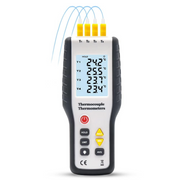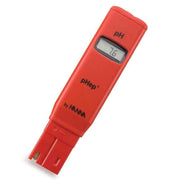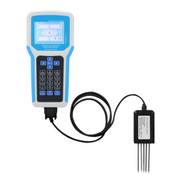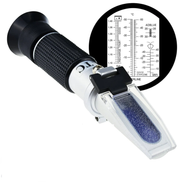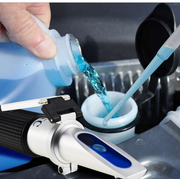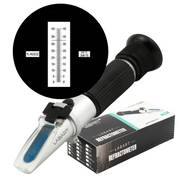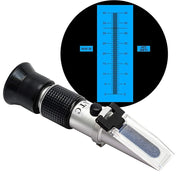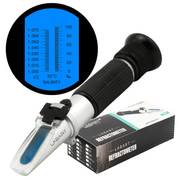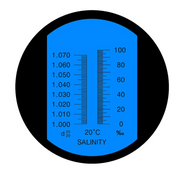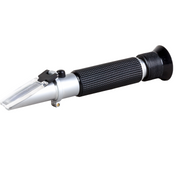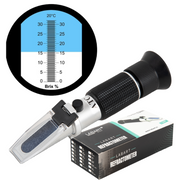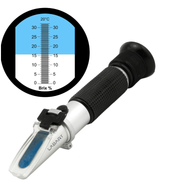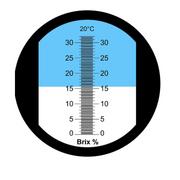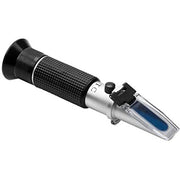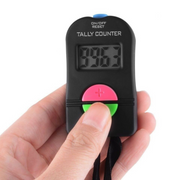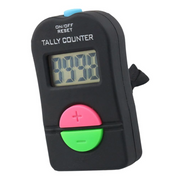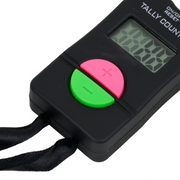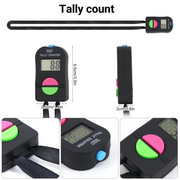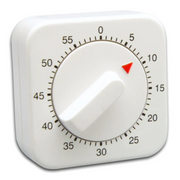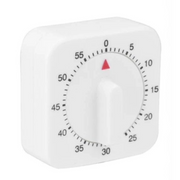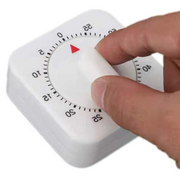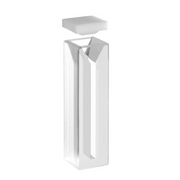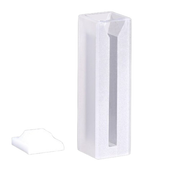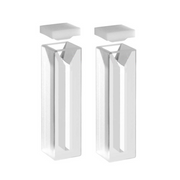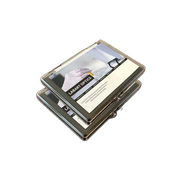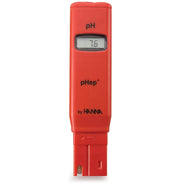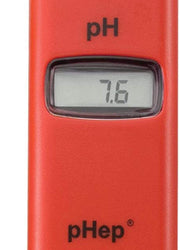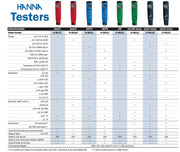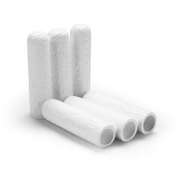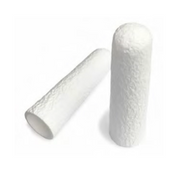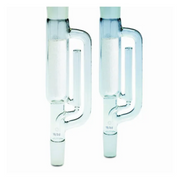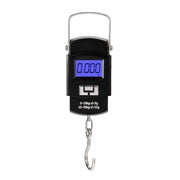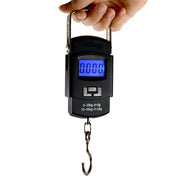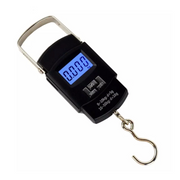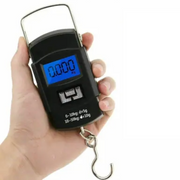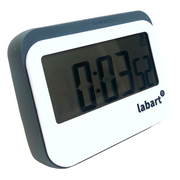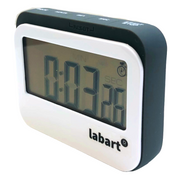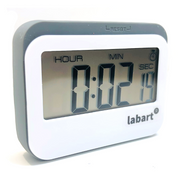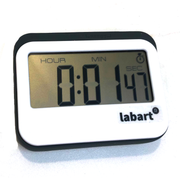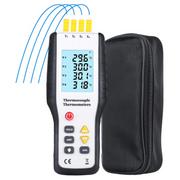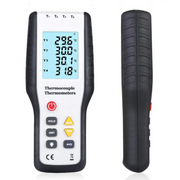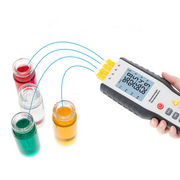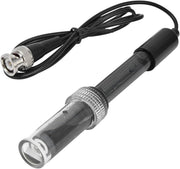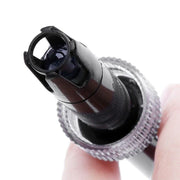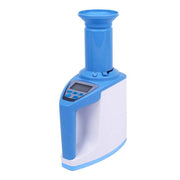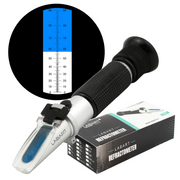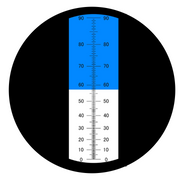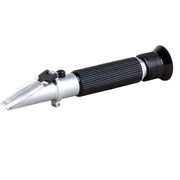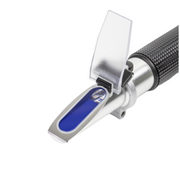Popular Products

-
SPECIFICATION
-
TECHNICAL SPECIFICATIONS
-
RESOURCES
-
SHIPPING
-
REVIEW
The LABART Soil NPK Sensor accurately tests for soil nitrogen, phosphorus, and potassium with precision and speed. Its durable design is waterproof and has a wide range for reliable performance. Ideal for professionals, its clear display makes it a portable and user-friendly testing tool.
SPECIFICATION
• Measurement Parameters: Soil nitrogen, phosphorus, potassium
• Measurement Unit: mg/kg (mg/L)
• Measuring Range: 0-1999mg/kg (mg/L)
• Measurement Accuracy: ±3% (mg/kg)
• Resolution: 1mg/kg (mg/L)
• Output Signal: RS485 (Standard Modbus-RTU protocol, device default address: 01)
• Supply Voltage: 12-24V DC
• Working Range: 0°C-50°C
• Stabilization Time: 1 second after power-on
• Response Time: < 10 seconds Physical Parameters
• Probe Length: 55 mm,φ 3 mm
• Probe Material: 316L stainless steel
• Sealing Material: ABS engineering plastics, epoxy resin, waterproof grade IP68
• Cable Specifications: Standard 2 meters
APPLICATION
Suitable for water-saving agricultural irrigation, greenhouse, flowers and vegetables, grassland and pasture, soil speed measurement, plant cultivation, scientific experiments and other fields.




We are dedicatedly involved in providing an excellent quality array of Labart Soil Sensors.
| Measurement Parameters | Soil nitrogen, phosphorus, potassium |
| Measurement Unit | mg/kg (mg/L) |
| Measuring Range | 0-1999mg/kg (mg/L) |
| Measurement Accuracy | ±3% (mg/kg) |
| Resolution | 1mg/kg (mg/L) |
| Output Signal | RS485 (Standard Modbus-RTU protocol, device default address: 01) |
| Supply Voltage | 12-24V DC |
| Working Range | 0°C-50°C |
| Stabilization Time | 1 second after power-on |
| Response Time | < 10 seconds |
| Physical Parameters |
Probe Length: 55 mm,φ 3 mm Probe Material: 316L stainless steel Sealing Material: ABS engineering plastics, epoxy resin, waterproof grade IP68 Cable Specifications: Standard 2 meters |
| Application | Suitable for water-saving agricultural irrigation, greenhouse, flowers and vegetables, grassland and pasture, soil speed measurement, plant cultivation, scientific experiments, and other fields. |
| Order Code | LNPK-101 |
For orders placed before 4PM IST, we endeavour to process the same business day. Orders placed after 4PM IST will be processed the next business day.
During sale events and new collection launches, there may be a slighly longer processing time.


















